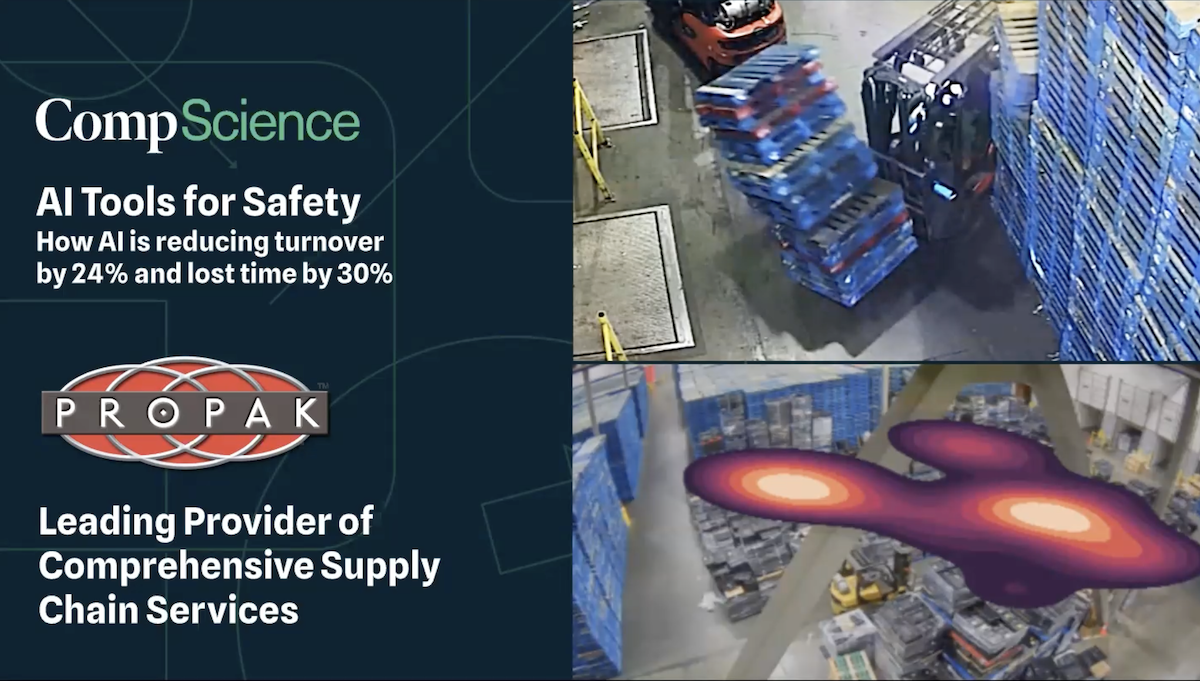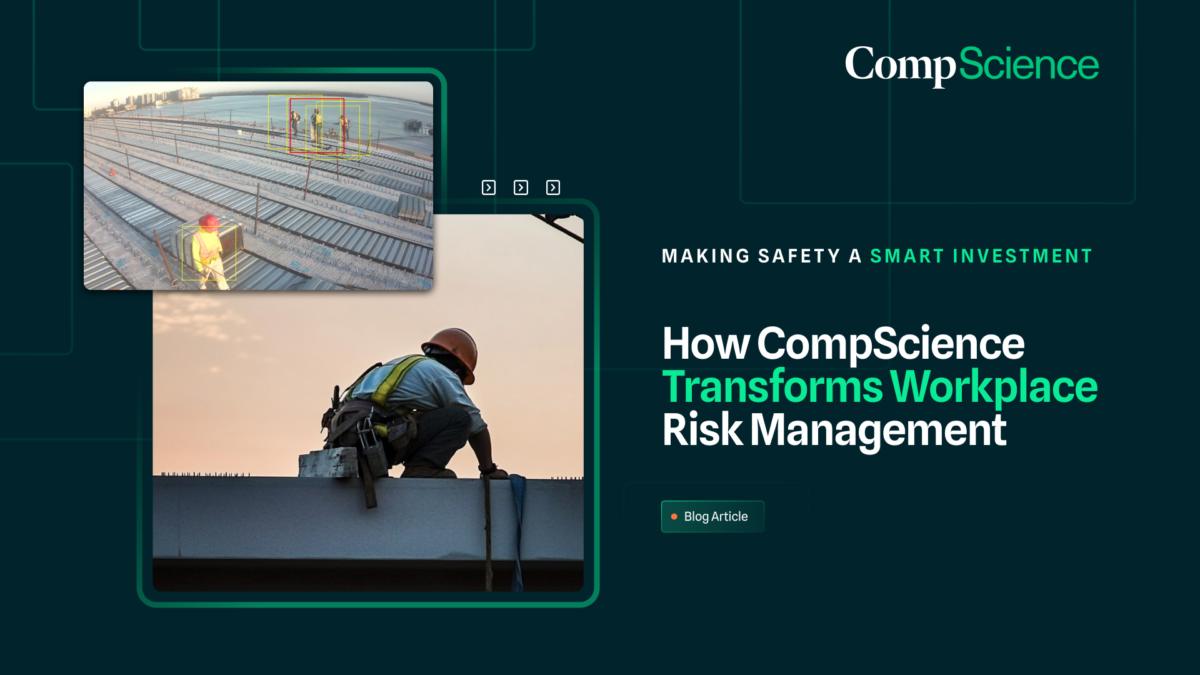
AI Tools for Safety
AI Tools for Safety: A Pre National Safety Council Webinar AI is rapidly transforming workplace risk. Now, CompScience gives safety professiona[...]
Read more
Workplace Safety AI: The Webinar for Workers’ Comp Agents
Learn why AI is rapidly transforming workplace safety into a differentiator and how you can use safety analytics from CompScience to help clients lowe[...]
Read more
How To Reduce DART Rates
Reducing the dart rate is a critical goal for any safety manager, as it directly relates to the safety and well-being of employees in the workplace. T[...]
Read more
Making Safety a Smart Investment
How CompScience Transforms Workplace Risk Management Workplace safety goes beyond compliance. It is essential for business continuity, operational eff[...]
Read moreLatest Posts

Productivity vs. Safety or Productivity through Safety?
Productivity and safety are often seen as conflicting priorities, with some people believing that increasing safety measures may decrease productivity. However, it is important to recognize that productivity and safety can, and should, go hand in hand. Implementing safety measures can actually improve productivity in the long run. This is because reducing accidents and injuries […]
Read more
How Can Data Science Predict and Prevent Workplace Accidents
Data science can be used to analyze data on workplace accidents and injuries in order to identify trends and patterns, and to identify areas for improvement. Some specific ways in which data science can be used to reduce workplace accidents include: Identifying high-risk areas: Data science can be used to identify high-risk areas within […]
Read more
How Can You Quantify The Value of Improved Workplace Safety?
There are a few different approaches that can be used to quantify the value of improved workplace safety: Cost-benefit analysis: This approach involves calculating the costs of implementing safety improvements (such as the cost of new equipment or training programs) and comparing them to the benefits (such as reduced workers’ compensation claims or increased productivity). […]
Read more
What’s the Indirect Cost of Risk?
The indirect cost of risk is the portion of the total cost of risk (TCOR) that is not directly related to the cost of managing risks. It includes the cost of lost productivity, damage to reputation, and other indirect costs resulting from risks. The indirect cost of risk is often more difficult to quantify than […]
Read more